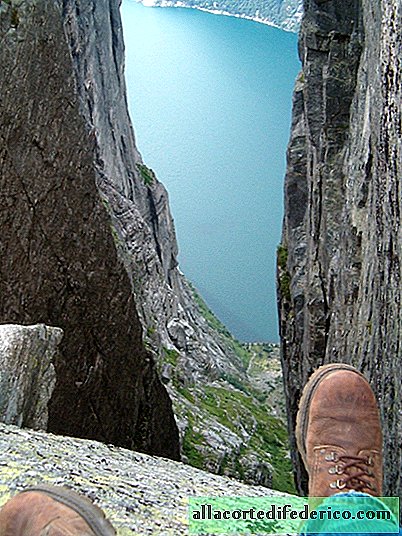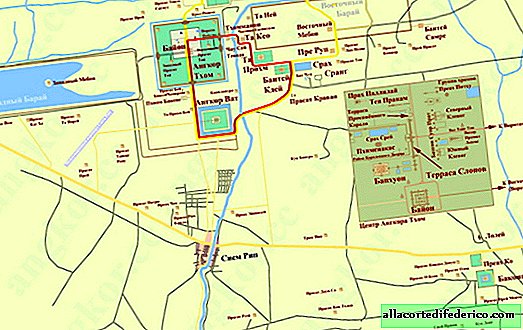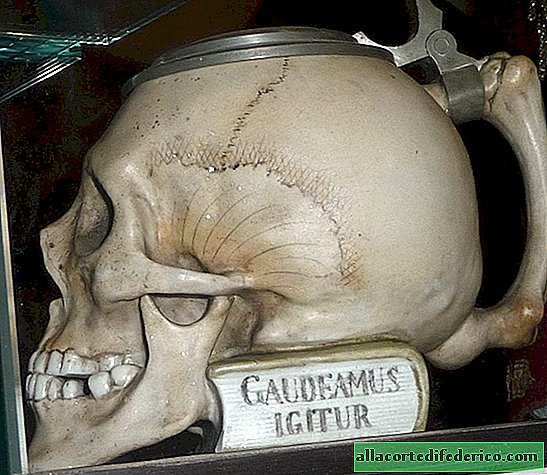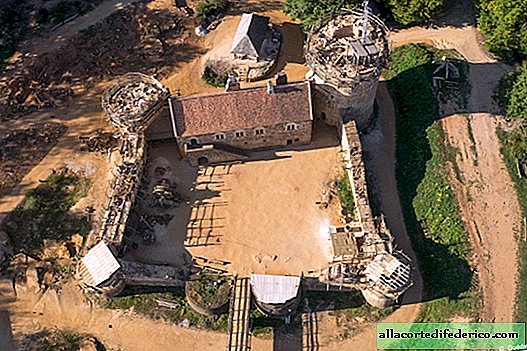Why does a plesiosaurus from Germany "teeth out"
Recently, an international team of researchers discovered in northern Germany a previously unknown fossil sea monster, 132 million years old. The bizarre sea creature was a plesiosaur - an extinct aquatic reptile with a long neck, somewhat reminiscent of how the Loch Ness monster is usually represented. But if it is not completely clear with Nessie whether she was or not, plesiosaurs certainly existed and dominated the seas in the era of dinosaurs. However, the eight-meter “German” possessed a special distinguishing feature: his lower teeth stuck out.
"Tooth" from Germany
In fact, the skeleton back in 1964 was collected by private fossil collectors. The perfectly preserved bones were saved from heavy equipment, digging a clay pit in Sarstedt near Hanover. Although the skeleton was discovered half a century ago, all this time it was stored in the State Museum of Lower Saxony in Hanover, and only recently scientists got to the sample.
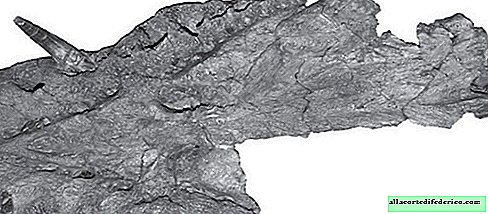
The new species of the plesiosaurus was called Lagenanectes richterae, which literally means “Lagen swimmer” in honor of the medieval German name for the Lane River near Sarstedt. The skeleton of Lagenanectes includes a large part of the skull with several long fangs, vertebrae, ribs and braids of four limbs with fins. Judging by the bones, the fossil plesiosaur suffered from a chronic bacterial infection, which, possibly, ultimately caused its death.
Scientists were especially interested in the unusual form of the jaw. The wide chin of the plesiosaur was widened into a massive protruding crest, and the lower teeth protruded from the side. This probably helped to catch small fish and squid, which were then swallowed whole. The internal channels in the upper jaw could contain nerves associated with pressure receptors that helped Lagenanectes find their victim.
Cervical
But the most important aspect of studying the new plesiosaur is the fact that it is one of the oldest of its kind. This specimen belongs to the earliest Elasmosaurs, an extremely successful group of globally distributed plesiosaurs that appear to have first appeared in the seas that once flooded Western Europe. The elasmosaurs had very long necks - the longest of all vertebrates, up to 75 individual vertebrae. The creature found in Germany, according to researchers, had about 40-50 vertebrae.

Elasmosaurs flourished during the Cretaceous, but died out with dinosaurs 66 million years ago. Lagenanectes lived in the shallow sea, which covered the north of Germany about 132 million years ago, that is, almost 70 million years earlier than the last elasmosaurs.


